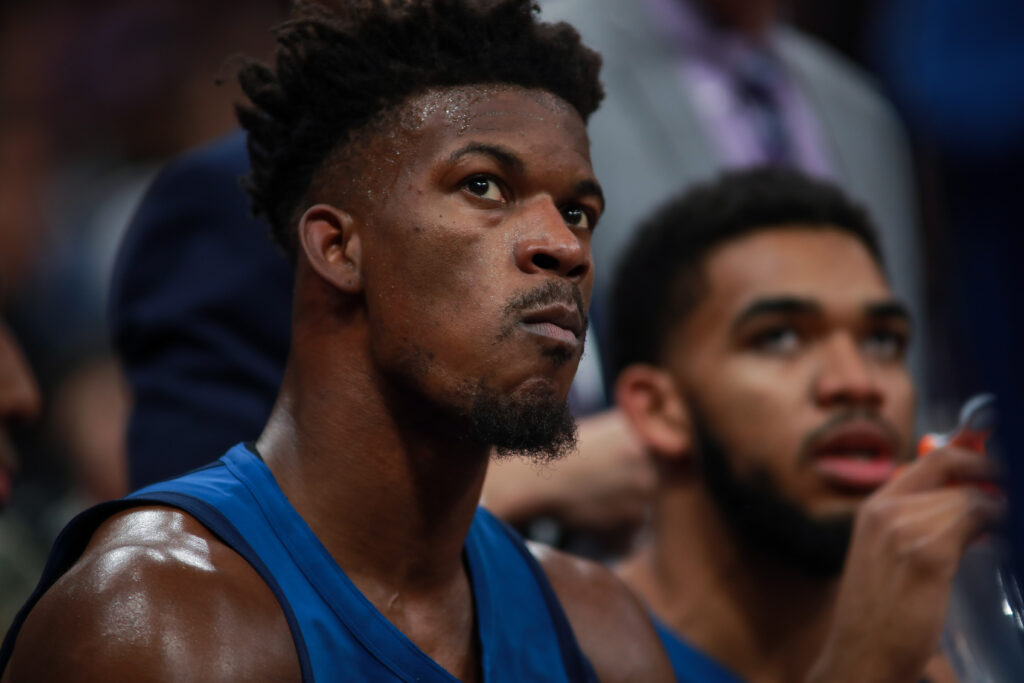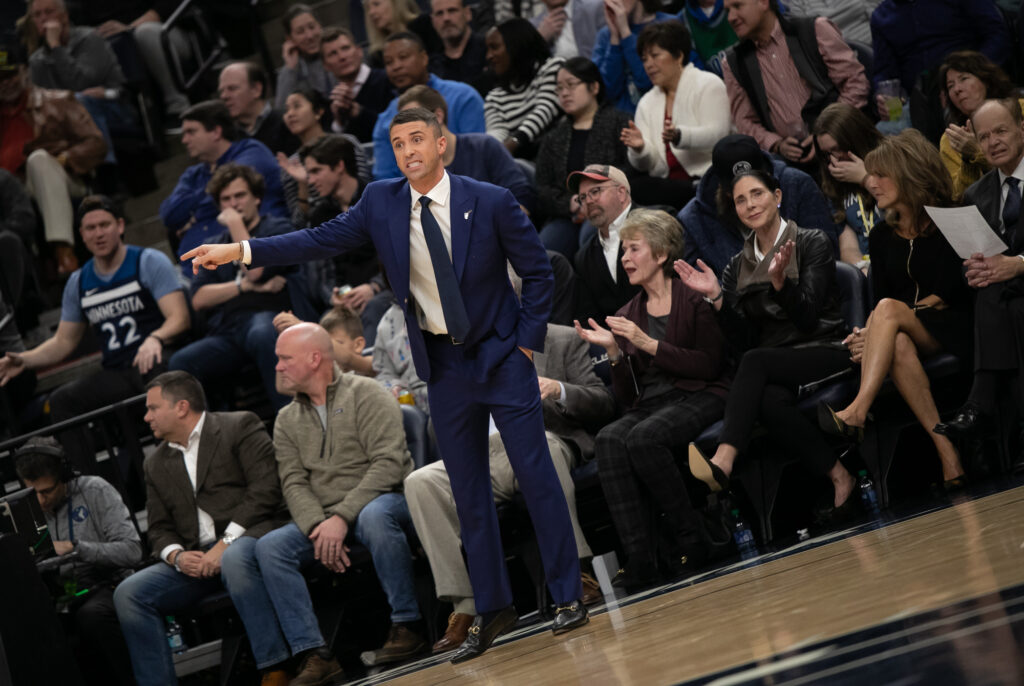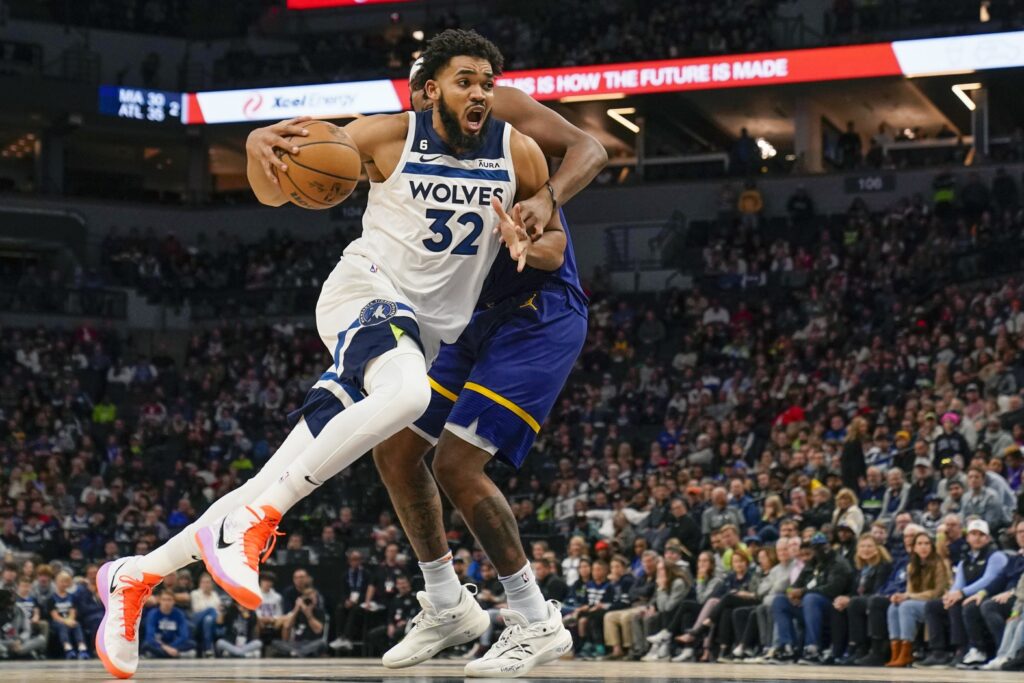Throughout franchise history, the Minnesota Timberwolves likely have more forgettable trades and acquisitions than memorable moves, but some have worked out quite well. We won’t discuss some of the worst trades, but we are looking at the five best trades in Wolves history.
5. Jimmy Butler
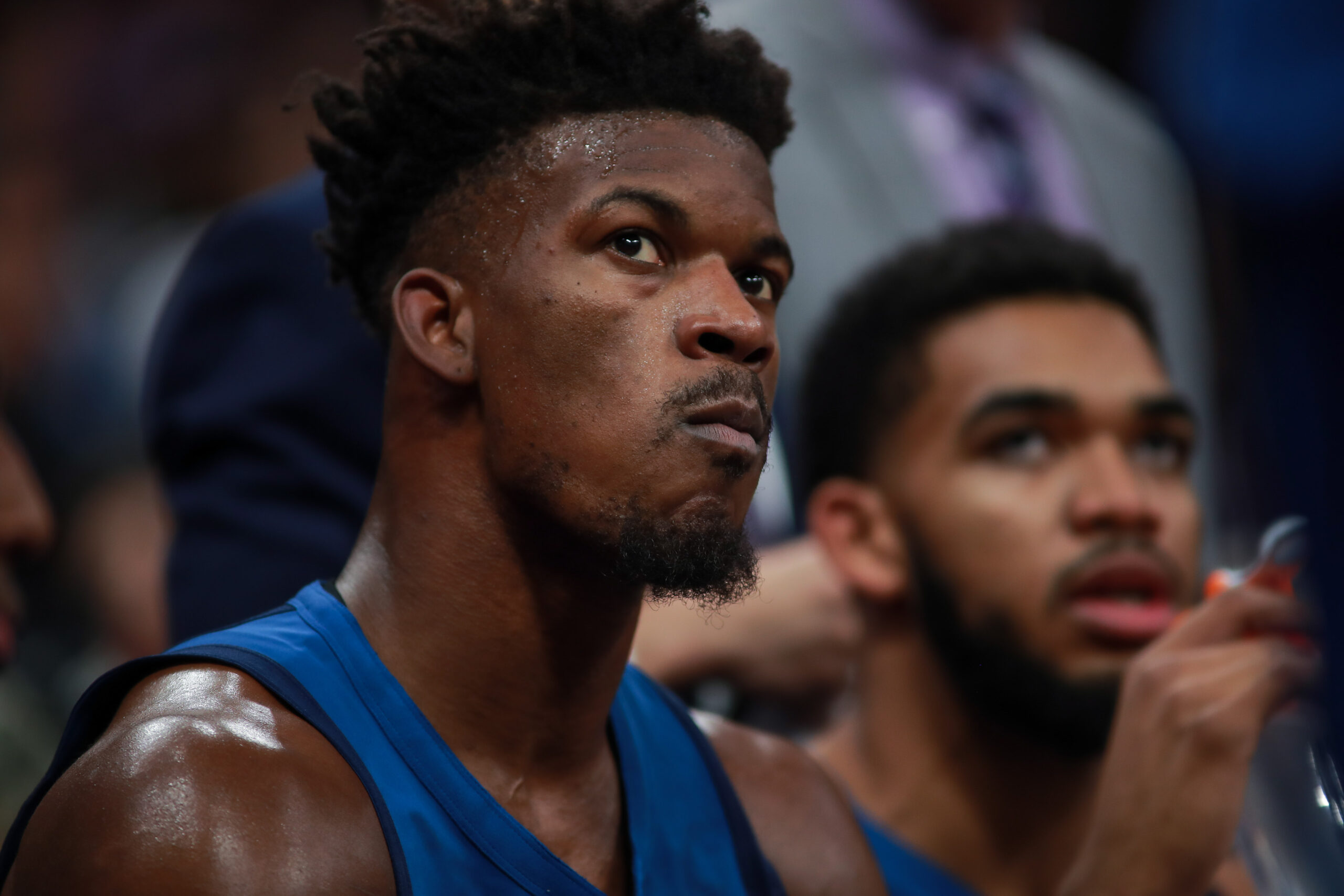
Sure, this trade could easily be looked at as a dark moment in time for the Timberwolves. But when it’s all said and done, Jimmy Butler helped the franchise climb out of its losing ways and set the tone for a new age of Minnesota basketball.
Butler was acquired in a trade with the Chicago Bulls in exchange for two young players — Zach LaVine and Kris Dunn — along with draft rights to Lauri Markkanen in the 2017 NBA Draft. The Timberwolves also received the No. 16 pick in the draft, which was used on center Justin Patton.
The move was a refreshing one for the Timberwolves, as fans hadn’t witnessed any similar transaction in previous years that could give an impression to the rest of the league that the team wanted to compete by trading for the All-Star guard. Even though Butler’s time in Minnesota was short-lived, he was a crucial part in getting the team back into the playoffs and setting the tone going forward. Fans would be remiss to forget about his 28-point performance against the Houston Rockets in Game 3 of the of the first round of the 2017-2018 playoffs. It marked the first time Minnesota had won a playoff game in nearly 20 years.
4. Tom Gugliotta
We’re going way back with this one. Tom Gugliotta was someone who played ahead of his time and helped the Timberwolves earn their first ever playoff appearance in 1997.
Minnesota traded Donyell Marshall to the Golden State Warriors in exchange for Gugliotta midway through the 1994-95 season. Marshall was selected by the Timberwolves as the fourth overall pick in the 1994 NBA Draft, but the trade worked out in Minnesota’s favor.
While Gugliotta had his best professional seasons in Minnesota and served as a valuable third option alongside Kevin Garnett and Stephon Marbury in the late 1990s, Marshall never really lived up to the hype. Gugliotta’s best season of his career came during the 1996-97 season, earning him his lone All-Star appearance. The 6-foot-10 forward averaged 20.6 points per game that season, along with 8.7 rebounds, 4.1 assists, 1.6 steals and 1.1 blocks per game.
3. Kevin Love/OJ Mayo swap
About a year after the Timberwolves traded away its franchise player Kevin Garnett to the Boston Celtics, a blockbuster deal was finalized during the 2008 NBA Draft between Minnesota and the Memphis Grizzlies.
The Wolves had the No. 3 pick in the draft and selected USC guard OJ Mayo. The Grizzlies had the No. 5 overall pick and drafted UCLA big man Kevin Love. Those names being the highlight of the trade, the Wolves also received Mike Miller, Jason Collins and Brian Cardinal while sending Marko Jaric, Greg Buckner and Antoine Walker to Memphis.
Mayo’s rookie season was his ceiling as it turned out, as the guard finished second in Rookie of the Year voting well behind the 2008-09 winner, Derrick Rose. As for Love, the Timberwolves got their franchise player, even if then-general manager David Kahn wasn’t convinced enough already to start him until he had a 31-point, 31-rebound performance to sway him.
While the turnstile of a front office that was the Timberwolves never really put a competitive team around Love before his eventual departure to Cleveland — which involved three teams and landed Andrew Wiggins in Minnesota — Love is still an important part of Wolves history and maintains multiple franchise records as of 2025, including rebounds per game (12.2), defensive rebound percentage (29.8), total rebounds percentage (20.9), total rebounds per 36 minutes (13.4), among others.
2. Sam Cassell
Along with veteran Ervin Johnson, Sam Cassell found himself traded to the Timberwolves from the Milwaukee Bucks in a deal that sent Anthony Peeler and Joe Smith to Milwaukee during the 2003 offseason.
Minnesota was coming off a season in which it had won a franchise-best 51 games before ultimately losing in the first round to Shaquille O’Neal, Kobe Bryant and the Los Angeles Lakers in six games. The Wolves knew they needed more of a punch and they got their man in Cassell, who had his best individual season his first year calling Target Center home.
Cassell averaged 19.8 points and 7.3 assists on 48.8% shooting from the floor during the 2003-04 season. It was the only year out of Cassell’s 15 he was named an All-Star. His elevated play at the point guard position also rubbed off on the rest of the team, as the Wolves topped their franchise-record wins with 58 that season — the best mark of any other Western Conference team. Kevin Garnett also became the only Wolves player to date to win the MVP award that season.
It’s a shame injuries hindered Cassell in the Western Conference Finals as the Wolves ultimately were downed again by the Lakers. Still, the trade that landed the point guard in Minnesota is one that leveled up the franchise to new heights it hadn’t yet seen at the time.
1. Mike Conley and Nickeil Alexander-Walker
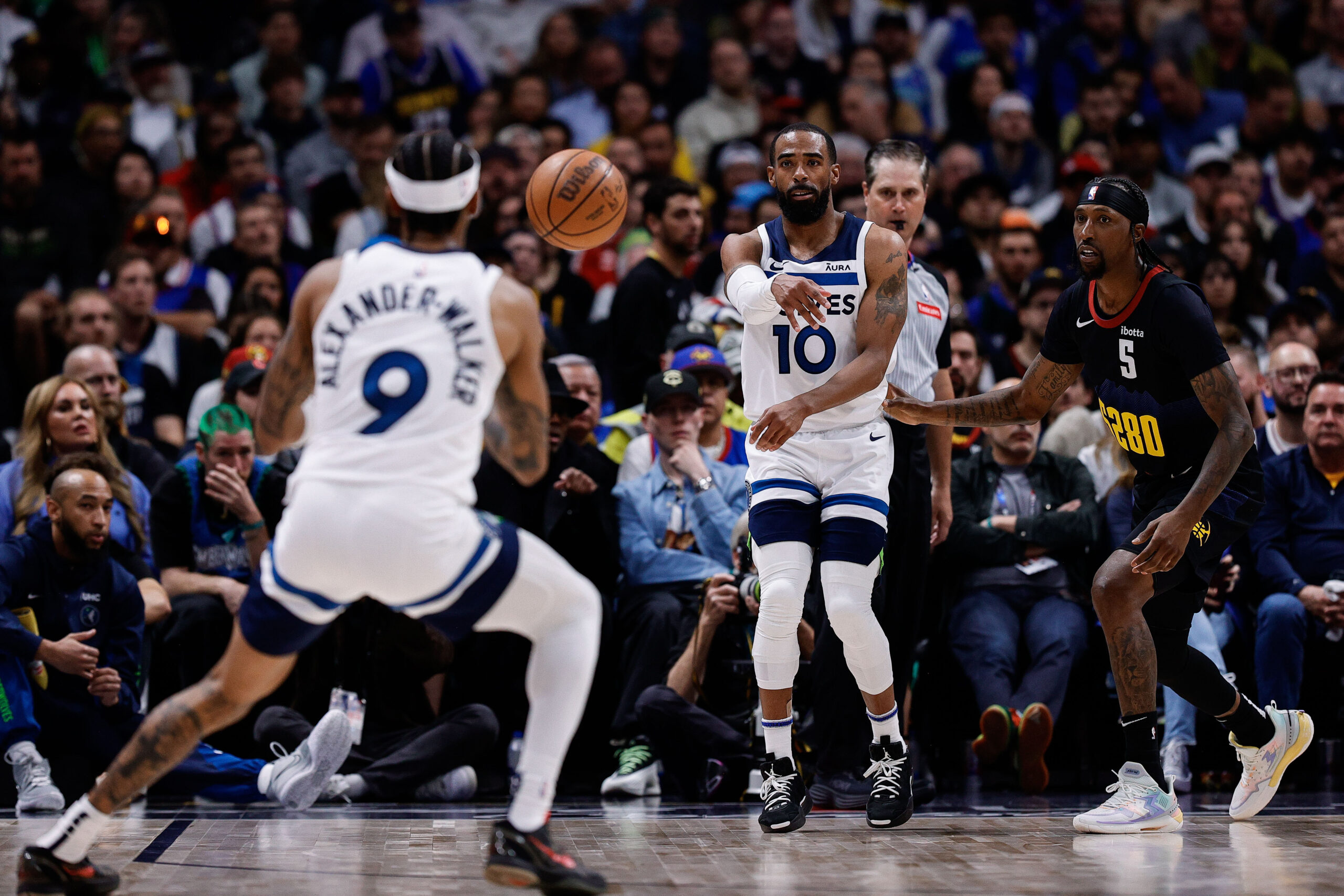
While bringing in point guard D’Angelo Russell was part of a culture shift in Minnesota after Jimmy Butler’s departure, the offensive-minded Russell wasn’t a good fit for Rudy Gobert — who the Wolves traded for from Utah — and head coach Chris Finch’s defensive-minded scheme.
On Feb. 9, 2023, Minnesota traded Russell to the Los Angeles Lakers as part of a three-team deal that saw Utah Jazz guards Mike Conley and Nickeil Alexander-Walker head to Minnesota. In the long run, the Wolves easily won the trade between the Lakers and Jazz, as Conley was the perfect court general to run the offense and NAW’s defensive grit fit right into Finch’s plans.
The Wolves improved dramatically in Gobert’s second year and Conley’s and NAW’s first with the team, as they maintained the No. 1 seed in the Western Conference for much of the season, finishing third in the conference with a 56-26 record. Minnesota finished with the best defensive rating (109.0) in the NBA and proceeded to reach the Western Conference Finals for the first time since that 2003-04 team did it. Maybe it’s recency bias in why it’s taking the No. 1 spot, but it was a trade that made the difference between a top three team and a team fighting to get into the play-in.


